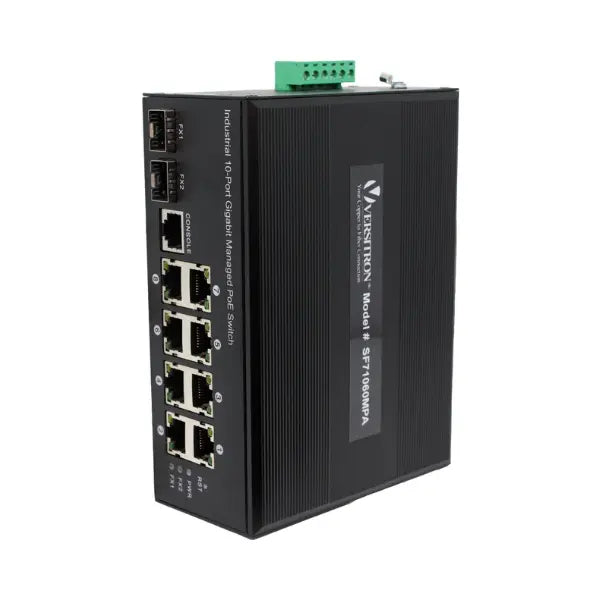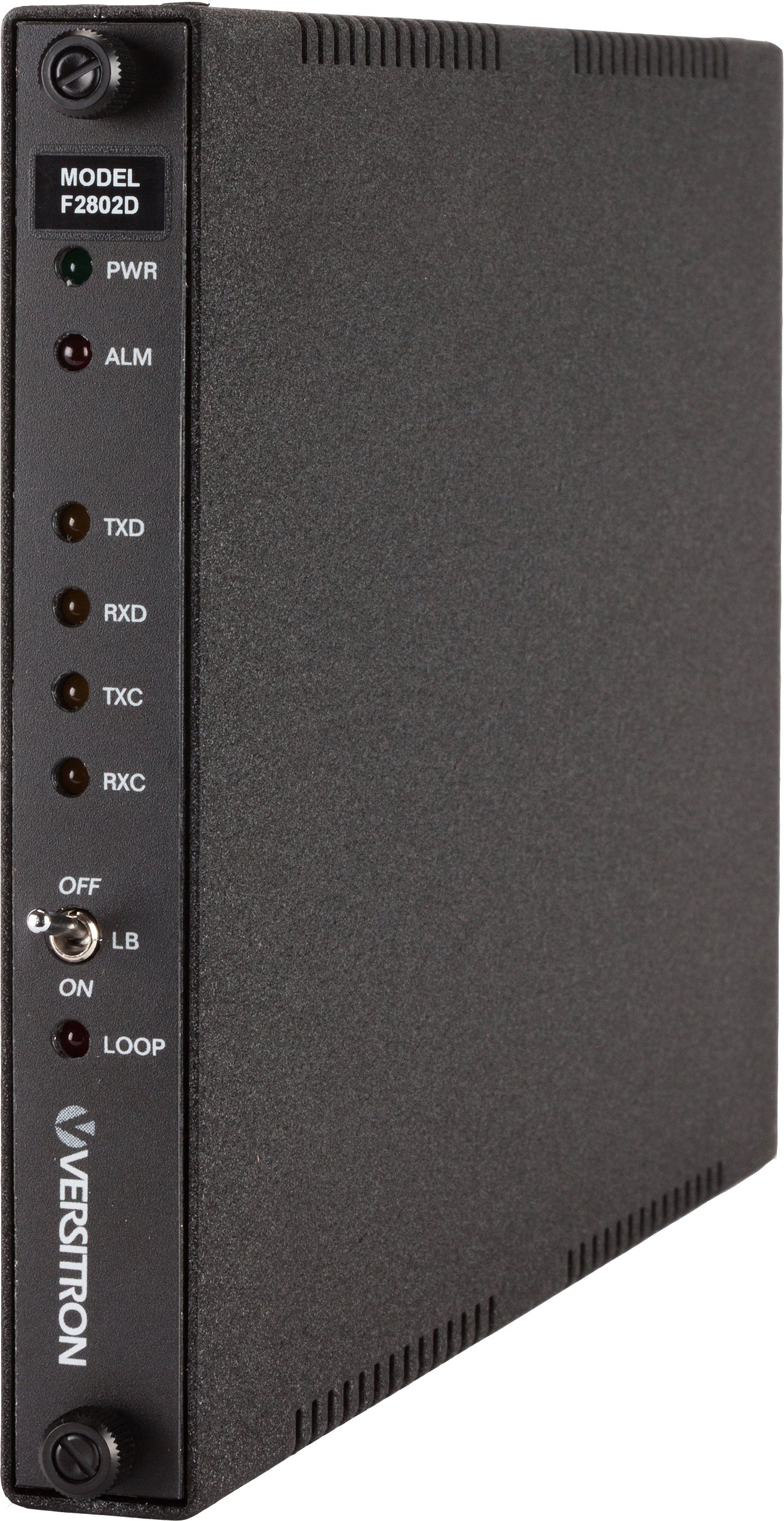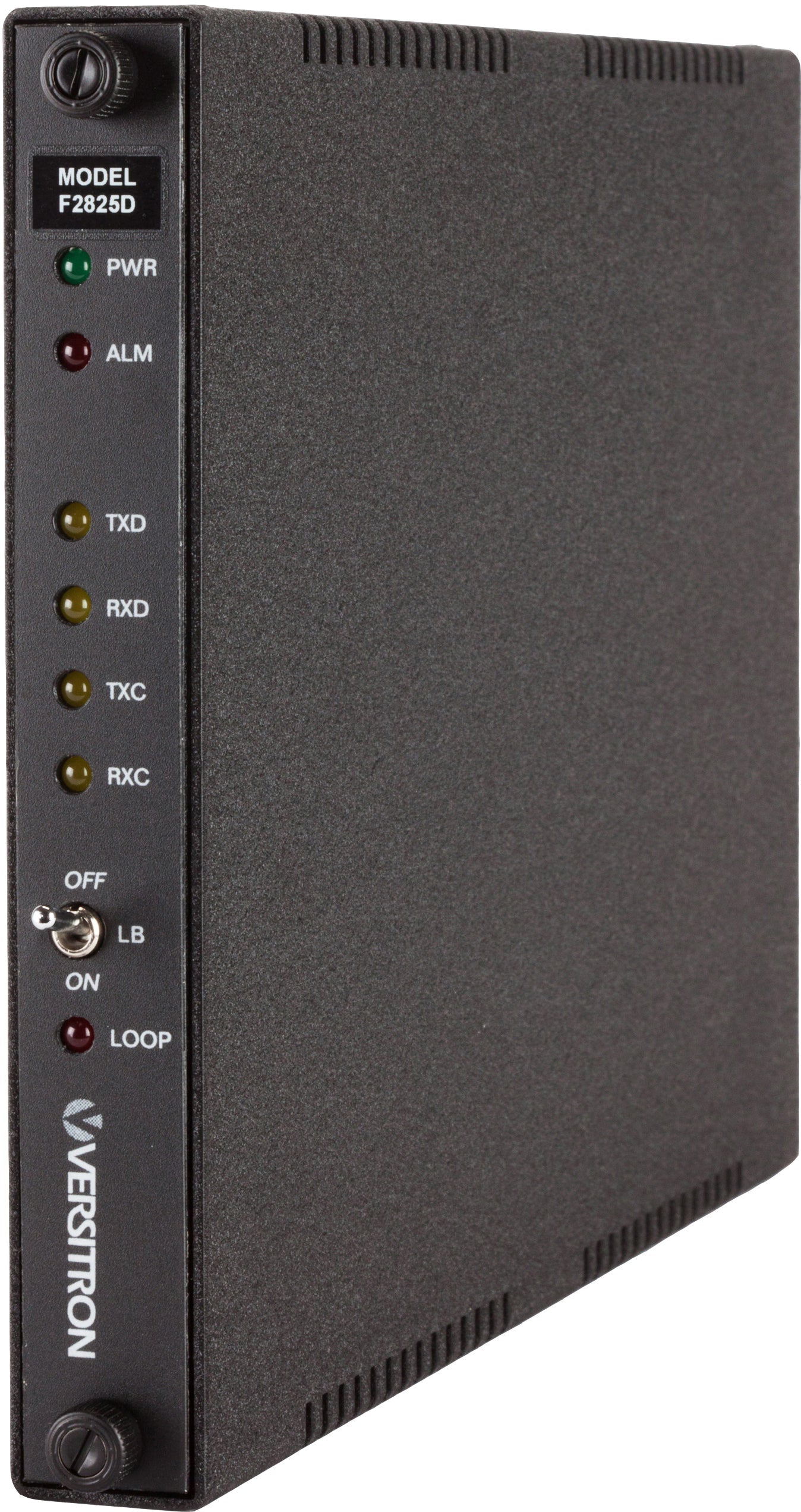The rapid growth of IoT technology has led to significant advancements in network technologies. Experts predict that by 2025, the Internet of Things (IoT) has the potential to generate an astonishing $13 trillion in revenue. This immense financial opportunity highlights the transformative impact of IoT in the medical and healthcare industry.
IoT in healthcare has the power to revolutionize the way we connect and utilize technology, creating a future where everything is interconnected. This technology brings together a diverse network of individuals, including healthcare professionals, administrators, insurance providers, and patients, fostering a closely connected community. With IoT's integration, the healthcare sector is poised for substantial changes and advancements.

What is Internet of Things (IoT)?
The Internet of Things (IoT) refers to the network of interconnected devices that can collect, exchange, and analyse data through the internet. In healthcare, IoT has the potential to revolutionize the industry by transforming patient care, improving operational efficiency, and enabling innovative healthcare solutions.
IoT Applications in Healthcare
- Remote Patient Monitoring: IoT enables the continuous monitoring of patients' vital signs and health parameters from remote locations, thanks to network switches, CCTV, PoE, and fiber optic modems. This facilitates proactive healthcare interventions and personalized treatment plans.
- Smart Wearable Devices: IoT-powered wearables, integrated with network switches and connectivity technologies, track and collect real-time health data. This empowers individuals to monitor their own health while providing healthcare professionals with valuable insights for early detection and preventive care.
- Connected Medical Devices: By leveraging network switches, PoE, and fiber optic modems, IoT integration with medical devices improves data collection, analysis, and interoperability. This leads to enhanced diagnostics, streamlined workflows, and more efficient healthcare delivery.
- Real-Time Data Analytics: IoT-generated data, transmitted through network switches and fiber optic modems, can be analysed in real-time. This provides healthcare providers with actionable insights, early disease detection, and proactive management of patient conditions.
- Medication Management: IoT applications, supported by network switches and connectivity solutions, offer smart medication tracking, reminders, and dispensing systems. This improves medication adherence and reduces errors in prescription management.
- Enhanced Operational Efficiency: IoT, in combination with network switches and energy management systems, optimizes healthcare facility management. This includes asset tracking, remote monitoring, and workflow automation, resulting in cost savings, improved resource allocation, and streamlined operations.
- Telemedicine and Remote Consultations: With the help of network switches and connectivity technologies, IoT enables virtual consultations, remote patient monitoring, and telemedicine services. This expands access to healthcare, particularly in rural or underserved areas, while improving patient convenience.
- Telemedicine and Remote Consultations: With the help of network switches and connectivity technologies, IoT enables virtual consultations, remote patient monitoring, and telemedicine services. This expands access to healthcare, particularly in rural or underserved areas, while improving patient convenience.
- Predictive Maintenance: IoT sensors, connected through network switches and fiber optic modems, monitor the performance of medical equipment. This enables predictive maintenance, minimizing downtime, and ensuring efficient operation of critical healthcare devices.
- Data Security and Privacy: Robust security measures, including network switches and encryption protocols, are crucial as IoT collects sensitive patient data. Compliance with data protection regulations is essential to safeguard patient privacy and maintain trust in healthcare systems.
- Population Health Management: Through the aggregation and analysis of data from various sources, enabled by network switches and connectivity solutions, IoT facilitates population health management. This includes early intervention, disease surveillance, and proactive public health measures.
Improving Patient Care and Safety
Improving patient care and safety is a top priority in the healthcare sector. It involves implementing strategies and utilizing technologies to enhance the quality of care and ensure the well-being of patients. Here are some key areas of focus in improving patient care and safety:
- Enhanced Care Co-ordination: Effective communication and coordination among healthcare providers are crucial for seamless and comprehensive patient care. Utilizing electronic health records (EHRs), telemedicine, and secure messaging platforms can facilitate efficient information sharing and collaboration among care teams, resulting in better care coordination.
- Patient Engagement: Engaging patients in their own care can lead to improved health outcomes. Providing patients with access to their medical records, educational resources, and tools for self-management empowers them to actively participate in decision-making and take control of their health.
- Medication Safety: Medication errors can have serious consequences. Implementing barcode scanning systems, medication reconciliation processes, and computerized physician order entry (CPOE) systems help reduce medication errors, ensuring accurate prescribing, dispensing, and administration of medications.
- Infection Control: Preventing healthcare-associated infections is vital for patient safety. Adhering to proper hand hygiene protocols, implementing infection control measures, and using technologies like automated hand hygiene monitoring systems and antimicrobial coatings on surfaces can minimize the risk of infections.
- Fall Prevention: Falls are a significant concern, especially for vulnerable populations such as the elderly. Conducting fall risk assessments, implementing preventive measures such as bed alarms and floor sensors, and educating staff and patients about fall prevention strategies can help reduce fall-related injuries.
- Continuous Monitoring: Leveraging technology, such as remote monitoring devices and wearable sensors, enables continuous monitoring of patients' vital signs and health parameters. This early detection of any abnormalities allows for timely interventions and prevents adverse events.
- Clinical Decision Support Systems: Integrating clinical decision support systems into electronic health records helps healthcare providers make evidence-based decisions and alerts them to potential risks or medication interactions, reducing errors and improving patient safety.
- Patient Safety Culture: Creating a culture of safety within healthcare organizations involves promoting open communication, reporting and analyzing adverse events, conducting safety training, and fostering a blame-free environment where healthcare professionals feel empowered to speak up about safety concerns.
Enhanced Operational Efficiency
Enhancing operational efficiency is a critical objective for healthcare organizations as it improves resource utilization, reduces costs, and optimizes workflows. Here are key areas to focus on for enhanced operational efficiency:
- Workflow Automation: Implementing technology-driven automation solutions, such as electronic health record (EHR) systems and digital documentation tools, streamlines administrative tasks, reduces paperwork, and enhances data accuracy. This allows healthcare professionals to allocate more time to direct patient care.
- Resource Optimization: Leveraging data analytics and predictive modelling, healthcare organizations can optimize resource allocation, including staff scheduling, equipment utilization, and inventory management. This ensures efficient utilization of resources, reduces waste, and improves overall productivity.
- Telemedicine and Virtual Care: Utilizing telemedicine technologies allows remote consultations, virtual visits, and remote patient monitoring. This reduces the need for in-person appointments, improves access to care, and increases healthcare efficiency, particularly for patients in remote or underserved areas.
- Seamless Information Exchange: Establishing interoperability between healthcare systems, such as EHRs, medical devices, and diagnostic tools, facilitates seamless information exchange. This enables healthcare providers to access comprehensive patient data in real-time, leading to better-informed decisions and improved care coordination.
- Performance Analytics: Implementing data analytics tools and dashboards enables healthcare organizations to monitor key performance indicators, identify bottlenecks, and make data-driven operational decisions. This helps optimize processes, identify areas for improvement, and enhance overall operational efficiency.
- Lean Management Practices: Applying lean management principles, such as value stream mapping, process optimization, and waste reduction, helps identify and eliminate inefficiencies in workflows and operational processes. This results in streamlined operations, reduced wait times, and improved patient flow.
- Supply Chain Optimization: Optimizing the supply chain, including inventory management, procurement processes, and vendor management, reduces costs and ensures the availability of essential medical supplies and equipment when needed.
- Energy Management: Implementing energy management systems, smart building technologies, and sustainability practices help reduce energy consumption, minimize waste, and lower operational costs while promoting environmental responsibility.
Data Analytics and Predictive Insights
Data analytics and predictive insights play a crucial role in healthcare by leveraging advanced technologies to extract valuable information from large volumes of data. Here's an overview of their significance:
- Data-driven Decision Making: Data analytics enables healthcare organizations to analyze and interpret vast amounts of data, such as patient records, medical imaging, and clinical trials, to make informed decisions. By uncovering patterns, trends, and correlations, healthcare professionals can gain valuable insights to guide treatment plans, optimize operations, and improve patient outcomes.
- Predictive Modeling: By applying predictive analytics algorithms to historical data, healthcare organizations can forecast future events, trends, and outcomes. This helps in identifying high-risk patients, predicting disease progression, and optimizing resource allocation to proactively address healthcare challenges.
- Disease Surveillance: Data analytics enables real-time monitoring of public health data to detect and respond to disease outbreaks promptly. By analyzing population health data, healthcare authorities can identify emerging health threats, monitor disease spread, and implement effective preventive measures.
- Personalized Medicine: Data analytics enables the analysis of patient-specific data, including genetic information, lifestyle factors, and treatment responses. This facilitates the development of personalized treatment plans tailored to individual patients, improving treatment efficacy and minimizing adverse effects.
- Healthcare Operations Optimization: Data analytics helps optimize healthcare operations by identifying inefficiencies, bottlenecks, and areas for improvement. This includes optimizing patient flow, reducing wait times, improving resource allocation, and enhancing operational efficiency.
- Fraud Detection: Data analytics can detect patterns of fraudulent activities, such as healthcare billing fraud or prescription abuse, by analyzing large volumes of healthcare data. This helps prevent financial losses and ensures compliance with regulatory standards.
- Quality Improvement: By analyzing clinical data, patient feedback, and performance metrics, healthcare organizations can identify areas for quality improvement. Data analytics enables monitoring of healthcare quality indicators, benchmarking performance, and implementing evidence-based practices to enhance the quality of care.
Addressing Challenges and Concerns
Addressing challenges and concerns in different industries is essential for achieving success and ensuring long-term sustainability. In the healthcare sector, it is particularly important to overcome key challenges and concerns to provide effective and efficient healthcare services. Here are some prevalent challenges and strategies to address them:
- Rising Healthcare Costs: Implementing cost containment measures, such as optimizing resource utilization, leveraging technology for efficient operations, and promoting preventive care, can help address the issue of rising healthcare costs.
- Access to Healthcare: Expanding access to healthcare services, particularly in underserved areas, can be achieved through telemedicine, mobile clinics, community health programs, and partnerships with local healthcare providers.
- Data Privacy and Security: Adopting robust data protection measures, ensuring compliance with regulations like HIPAA, and employing encryption technologies are essential for safeguarding patient data and maintaining trust in healthcare systems.
- Interoperability and Data Integration: Promoting the interoperability of healthcare systems, EHRs, and medical devices enables seamless data exchange, improving care coordination, and facilitating comprehensive patient records for better decision-making.
- Workforce Shortages: Implementing strategies such as expanding healthcare education programs, improving recruitment and retention initiatives, and leveraging technology to automate tasks can help address workforce shortages and enhance healthcare delivery.
- Patient Engagement and Education: Empowering patients through education, access to their health information, and involving them in shared decision-making can improve health outcomes, promote preventive care, and enhance patient satisfaction.
- Quality and Safety: Implementing quality improvement initiatives, embracing evidence-based practices, and fostering a culture of safety through training, protocols, and continuous monitoring can enhance patient safety and care quality.
- Aging Population and Chronic Diseases: Addressing the challenges posed by an aging population and the increasing prevalence of chronic diseases requires proactive strategies, including preventive care, health promotion programs, and care coordination across different healthcare providers.
- Healthcare Disparities: Targeted initiatives focusing on reducing healthcare disparities, improving cultural competency, and addressing social determinants of health can help ensure equitable access to healthcare services for all individuals and communities.
- Technology Adoption: Embracing emerging technologies like AI, IoT, and telemedicine can enhance healthcare delivery, improve diagnostics, enable remote monitoring, and expand access to specialized care.
Exploring Emerging Trends and Technologies Shaping the Future of IoT in Healthcare
The Internet of Things (IoT) is revolutionizing the healthcare industry, paving the way for innovative solutions that improve patient care, enhance operational efficiency, and enable proactive health management. Here are some emerging trends and technologies that are shaping the future of IoT in healthcare:
- Edge Computing: Edge computing brings computation and data storage closer to the edge of the network, enabling real-time data processing and reducing latency. In healthcare, this allows for faster analysis of patient data, enabling timely interventions and more efficient healthcare delivery.
- Artificial Intelligence (AI) and Machine Learning (ML): AI and ML algorithms are being integrated into IoT devices and platforms, enabling advanced data analysis, predictive modeling and personalized healthcare recommendations. AI-powered chatbots and virtual assistants are also enhancing patient engagement and support.
- Wearable Sensors and Remote Monitoring: Wearable devices equipped with sensors collect real-time health data and enable remote patient monitoring. These devices can track vital signs, activity levels, sleep patterns, and medication adherence, providing valuable insights for early detection and preventive care.
- Blockchain Technology: Blockchain offers enhanced security, privacy, and interoperability of healthcare data. It enables secure sharing of patient information, streamlines consent management, and facilitates data integrity and traceability in healthcare transactions.
- Telehealth and Virtual Care: Telehealth and virtual care solutions are leveraging IoT technologies to enable remote consultations, virtual visits, and remote patient monitoring. This improves access to healthcare, particularly in remote areas, and reduces the need for in-person visits.
- Smart Hospitals and Connected Healthcare Facilities: IoT is transforming healthcare facilities into smart environments. Connected devices, such as smart beds, monitoring systems, and asset tracking solutions, optimize workflow efficiency, automate processes, and improve patient safety.
- Precision Medicine: IoT devices and technologies facilitate personalized medicine by capturing and analyzing patient-specific data. This data-driven approach enables tailored treatment plans, medication dosages, and preventive measures based on an individual's unique characteristics.
- Augmented Reality (AR) and Virtual Reality (VR): AR and VR technologies are being integrated into healthcare IoT solutions, allowing healthcare professionals to visualize patient data, perform simulations, and enhance surgical procedures, medical training, and rehabilitation therapies.
- Regulatory and Ethical Considerations: As IoT continues to evolve in healthcare, there is a need for robust regulations and ethical frameworks to address privacy concerns, data security, consent management, and the responsible use of patient data.
Conclusion
The integration of IoT in the healthcare sector has the potential to revolutionize the way healthcare is delivered. By harnessing the power of connected devices, data analytics, and advanced technologies, IoT enables improved patient care, optimized operations, and enhanced outcomes. The ability to remotely monitor patients, provide personalized treatments, and make data-driven decisions empowers healthcare professionals and transforms the patient experience. As we continue to unlock the full potential of IoT in healthcare, we are embarking on a transformative journey towards a more efficient, accessible, and patient-centric healthcare system. The game-changing capabilities of IoT are paving the way for a brighter future in healthcare, where innovation and technology combine to improve lives and revolutionize the industry.
















